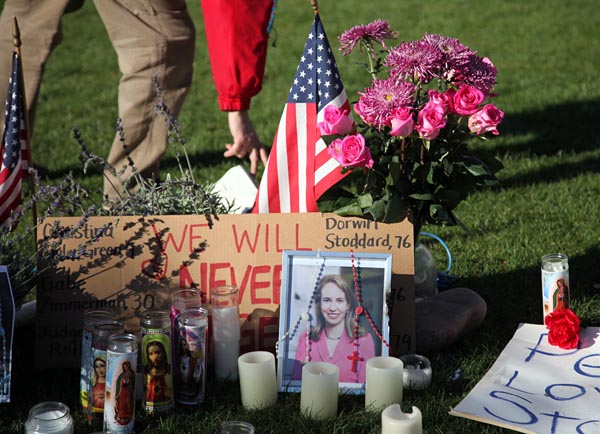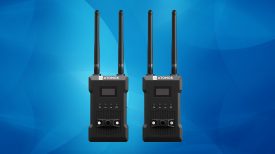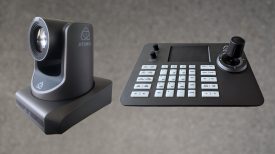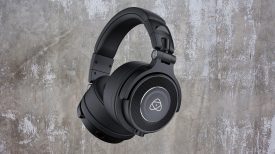Arizona shooting: Memorial to Tucson victims from Dan Chung on Vimeo.
How do you cover the aftermath of an event as terrible as the Arizona shootings? In my time I’ve covered a lot of disasters and tragedies, but it really doesn’t make it any easier when the next one comes along.
I had been covering the Consumer Electronics Show in Las Vegas for the Guardian’s tech site when the shootings happened, but as their scale became clear my editors decided to divert me. With no flights available it was an eight hour drive to Tucson. Running through my mind all the way there was the question: how could I add anything to the wall-to-wall, saturation news coverage that I knew the networks were providing?
I determined to make a video report that was not simply repeating TV news. Instead of using the regular TV format of a reporter questioning local people and then giving their ‘view from the spot’ I opted to try to create something more intimate. I wanted to give the people of Tucson more space to say what they wanted about the events.
The following morning I joined the gathered Tucsonians and assembled media for the moment of silence, led by President Obama in Washington. Outside the hospital, where a makeshift memorial to the victims had formed, people were standing, reflecting.
Immediately after the silence there was a rush of reporters and camera crews trying to speak to people about it. I decided to bide my time and wait for it to quieten down so that people could expand more on what was going through their heads as they tried to make sense of events. I then approached people and asked if they could hold my Zoom H1 audio recorder while they talked to each other and myself. Because the Zoom H1 is so small and light no-one seemed to mind holding it, or got distracted by it in the way that fitting a wireless lav on them would have – they just seemed to carry on being themselves and not acting for the camera. This technique also gave me good sound and allowed me to be discreet, filming using a 24-105mm IS lens. The camera was a 5DmkII fitted with a Zacuto Z-finder and a Redrockmicro Running man rig. I love this setup because it is lightweight and mobile but still allows me to keep the camera very stable. Audio from the recorder and the camera was later synced using the marvelous Pluraleyes software.
I also wanted to give a more cinematic feel to my shots so I turned to the Kessler Cineslider and Oracle controller, which I had just received from Eric Kessler to use at the CES show. I had been planning a short video of all the gadgets and the flashing lights to show off the Kessler slider’s amazing movements – instead I put it to an altogether more sombre use. I combined it with slow motion to form my intro sequence of the gathered crowd and the tributes. Shooting on my Tokina 11-16mm lens and a Panasonic GH2 I tried to convey the sadness. I’m still testing the GH2 but the one thing that has struck me so far is just how good slow motion looks when you use the cameras 720p/50 mode slowed to 24 or 25p (mine is a PAL model). It appears to be much sharper than the image I am used to getting with my Canon DSLRs – the downside is that the smaller Micro 4/3rds sensor really doesn’t have the beautiful shallow depth of field look of my 5DmkII footage.
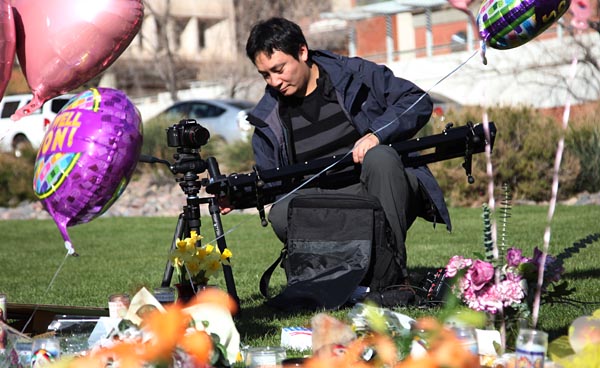
I hope the resulting piece manages to capture the people I filmed in an honest way and at the same time combine it with a cinematic style. I will let you be the judge.

